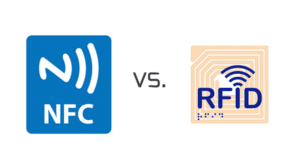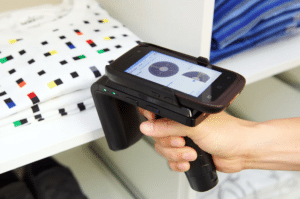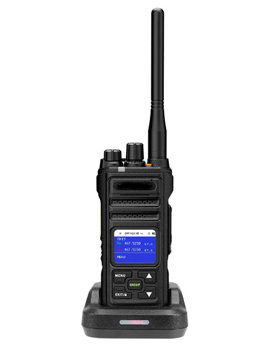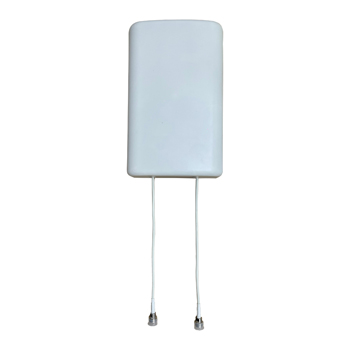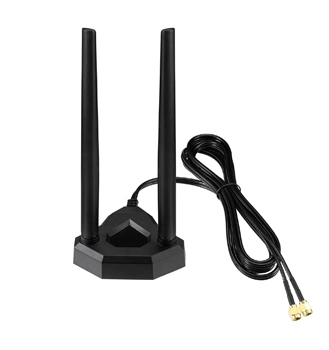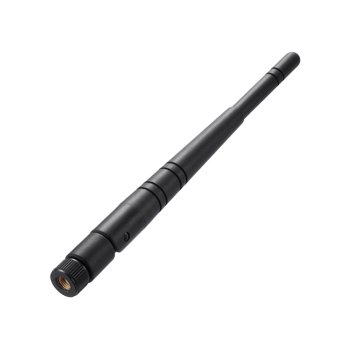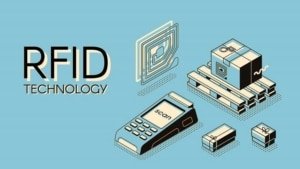
Top RFID Reader Manufacturers in USA
RFID or Radio Frequency Identification technology is widely used in short-range communication needs and applications. RFID readers play a major role in these RFID systems. Therefore, it is mandatory to have an understanding of different types of RFID readers in the market and RFID reader manufacturers in the market. What is RFID? RFID stands for Radio Frequency Identification and is a form of realizing wireless communication from one point to another. RFID technology is based on electromagnetic and electrostatic coupling in the radio frequency spectrum. RFID technology is mostly used in short-range applications, such as object detection, authorization applications, and asset tracking applications. A RFID system consists of three main components namely, The Antenna and the Transceiver are collectively known as the RFID reader. Transponder is the RFID tag itself. Moreover, RFID systems can also be divided based on their operating frequency. Some of this generic classification include: What is an







